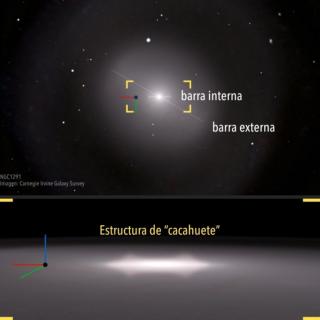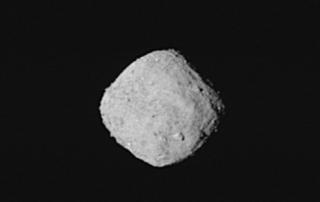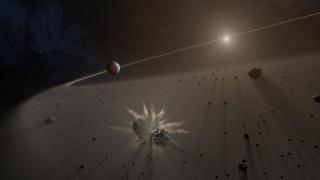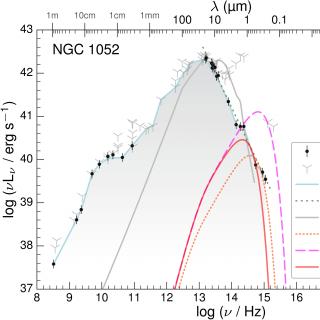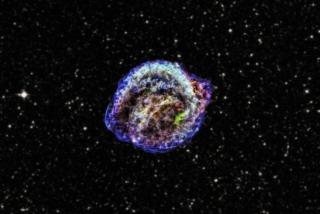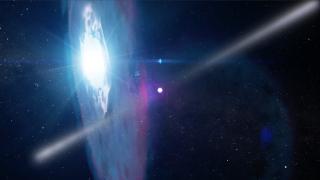
A joint observational campaign with the MAGIC telescopes at the Observatorio del Roque de los Muchachos (Garafía, La Palma) and the VERITAS array at the Fred Lawrence Whipple Observatory (Tucson, Arizona), has detected a new source emitting very-high-energy gamma rays from an unusual system consisting of a massive star and a pulsar. The study has just been published in the prestigious Astrophysical Journal Letters.
Advertised on
